Virginie Monnet-Corti : Among your many research topics, which are the lines of research you are pursuing at the moment ?
Filippo Graziani : Well, throughout my career I have always focused my research activity on two topics: the connection between periodontitis and systemic diseases, as well as periodontal surgery, with a particular focus on the reconstructive/regenerative approach.
Please tell me more about the latter topic: where do you think periodontal surgery is heading?
FG: Of course Periodontology sets itself to become made up mainly of non-surgical treatment, given that it deals with a chronic disease. The evidence for this was set by a recent study we made with Prof. Suvan, which is part of the new EFP guidelines. It states that with 2 sessions of non-surgical therapy (NST) we manage to close around 2/3 of pockets sites; therefore, after 2 NST sessions around 75% of pathological sites probes less than 5mm, hence they require no further treatment.
On the other hand, we know from literature that repeated sessions of NST lead to a plateau, beyond which no further pocket reduction is expected. Therefore, it goes without saying that surgery is still a core component of the periodontal treatment itself and an irreplaceable tool to reduce the risk of periodontitis progression.
When faced with a case with the indication for surgery, how do you choose the approach?
FG: My personal view on the matter is that whenever you have the indication for surgery, you should first observe the bony defect carefully and classify it as either infra, suprabony or a furcation defect. For all these clinical scenarios we have enough evidence to state that the regenerative approach performs better in the long term when compared to either the resective or the conservative approaches. While evidence is sound and long-standing with regards to infrabony defects, the advantage of the regenerative approach in furcation defects is still at its onset and recently highlighted by the latest EFP guidelines with the paper that I written altogether with Prof. Jepsen and other colleagues. As for the suprabony defects, an article back in 2015 of our group also highlights how the use of a regenerative material, amelogenins, provides a beneficial adjunctive effect when compared to open flap debridement alone.
How much do you think periodontal surgery has changed over the years?
FG: In a nutshell, regenerative surgery always performs better than surgical debridement alone. And that is the real groundbreaking concept included in the latest EFP guidelines, i.e. in cases of infrabony or furcation defects (especially in lower molars or the buccal furcation in the upper molars) regenerative surgery becomes the elective treatment, instead of being one of the feasible options. The natural consequence for this is that periodontal surgery has now become mainly about regenerative procedures.
With such a framework, where do you see the application of resective surgery?
FG: I honestly see the application of resective surgery whenever we need to change the anatomy of the tooth; conversely in all the other cases, reconstructive surgery can be regarded as the elective treatment for any kind of bony defect.
What do you think are the most important factors to achieve long-term success in periodontal surgery?
FG: When thinking about periodontal surgery, clinicians should bear in mind these 2 relevant clinical questions:
1) where is the blood coming from?
2) How do I keep the blood clot stable?
The answer to the first question is that the blood supply comes with the flap. The most important thing is how we cut the papilla; of course we know that the more we preserve the papilla, the more blood supply we will obtain in the incision area. In turn, the more the blood supply in the incision area, the better healing we will achieve over the long term. Therefore, the area where we perform the releasing incision becomes of the utmost importance: everything should be performed in order to ease the blood flow into the papilla and to provide enough blood supply to the primary incision.
Thus, minimally invasive approach are becoming the method of choice not because of the reduced morbidity but mainly for the high stability of the closure and the higher performance as we noticed in one manuscript published in 2012.
As for the second question, “how do I keep the blood clot stable”: the answer to that is to keep a rich blood supply in the area, to allow for a primary intention wound closure in order that the blood clot is kept safely below the flap. The choice of regenerative material also plays a pivotal role in keeping the blood clot stable. In fact, the role of a regenerative material is not to act as a “magic potion” or a “quick fix”, but instead its core function is to stabilize the blood clot.
How do you choose among the different regenerative approaches?
FG: Whether the bony defect is supportive or not is the core issue. Overall, we can define 3 techniques: membrane plus deproteinized bovine bone mineral (DBBM), amelogenins alone or with DBBM. The choice as to whether to use a bone graft or not is dependent on whether the bony defect is supportive or not: if it is, amelogenins alone are sufficient; if it is not, i.e. if it is likely that the space cannot be maintained after suturing, then I will need to apply also a graft. Therefore, once we placed the graft and we see the anatomy of the defect, we will also be able to discriminate whether we need a membrane or whether it is sufficient to add amelogenins without the membrane.
In conclusion, where do you see the future of periodontal surgery?
FG: The direction of the future of periodontal surgery was set by the latest EFP guidelines and the message is loud and clear: in the selected cases where surgery is required, the elective treatment encompasses a regenerative approach. I strongly believe that the future of periodontal surgery will be to use the reconstructive approach as a tool to recreate the amount of periodontal support lost with the disease.
We are lucky to welcome you in France this year on several occasions: in the regional societies of SFPIO: Lyon and Paris, then during an exceptional day at SFPIO on 30th October and finally in the SFPIO/EFP session at the ADF congress on 26th November. I know that you love France and its language. I want you to know that it is reciprocal!

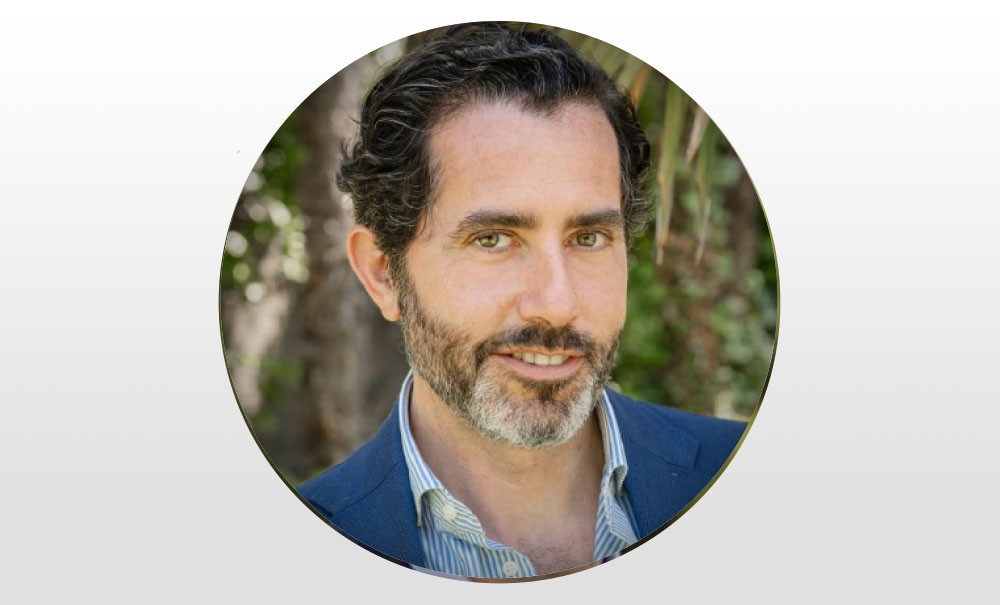

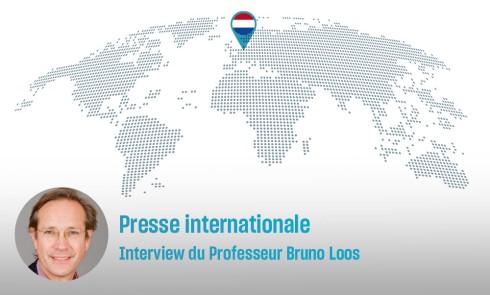
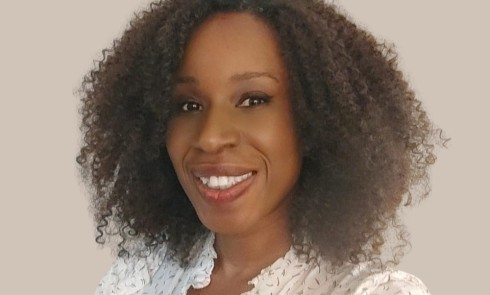
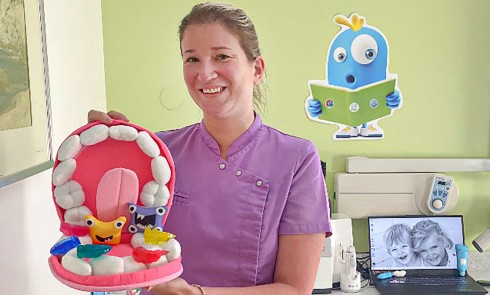
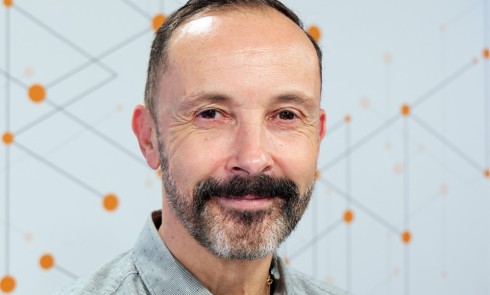
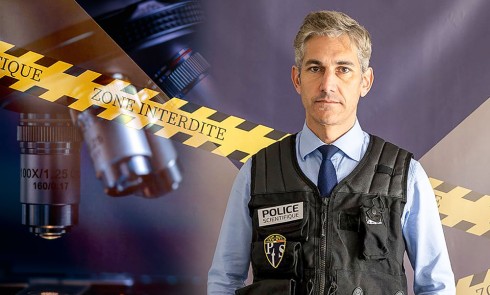
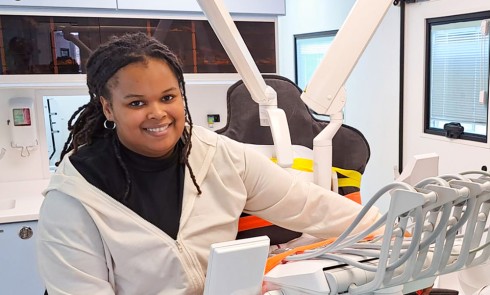
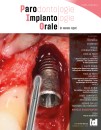

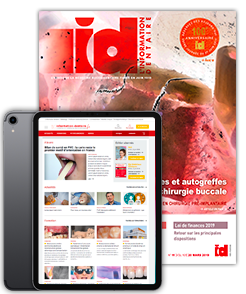


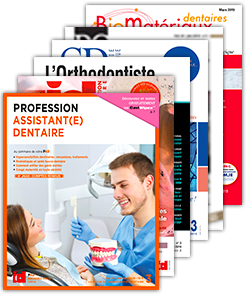
Commentaires